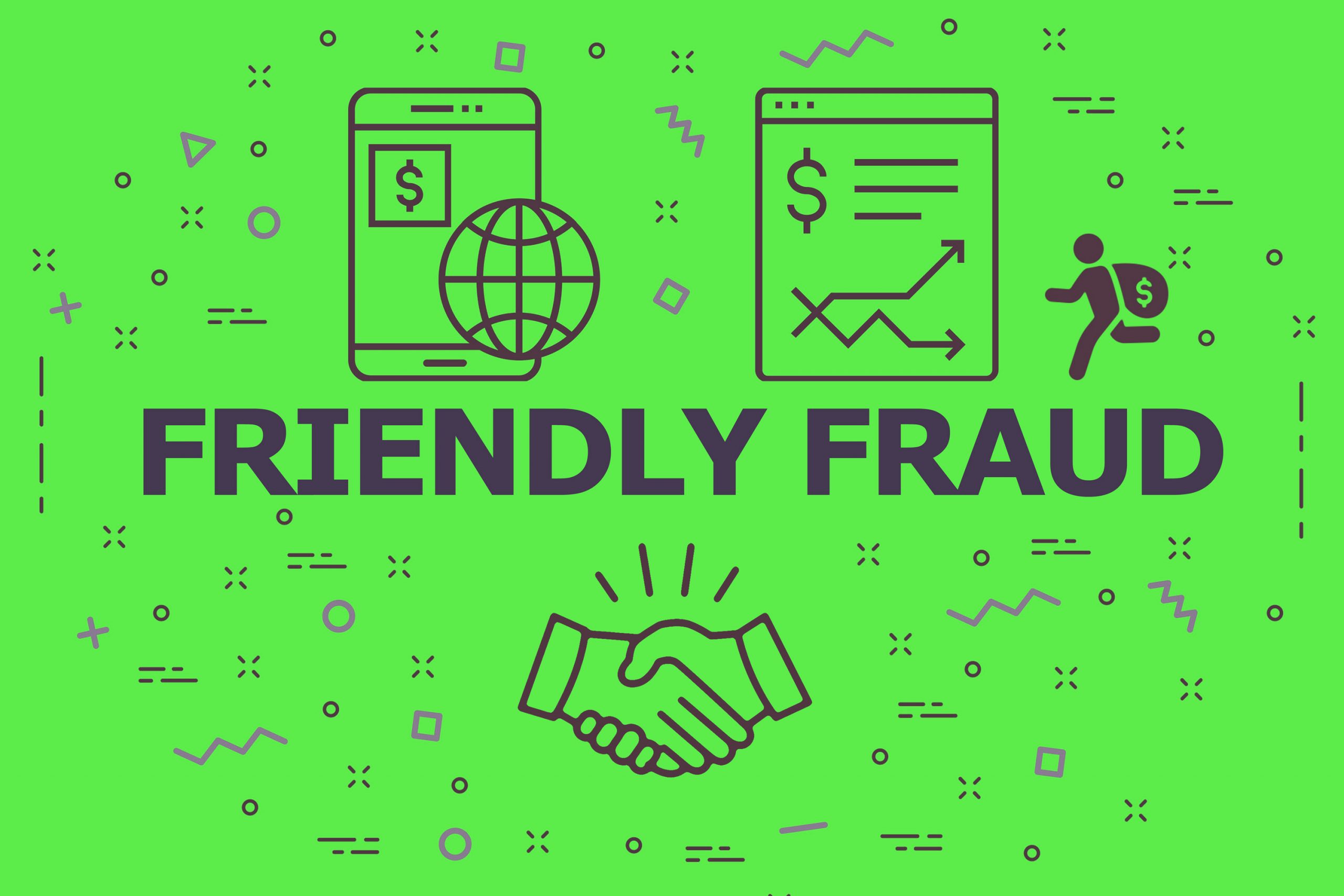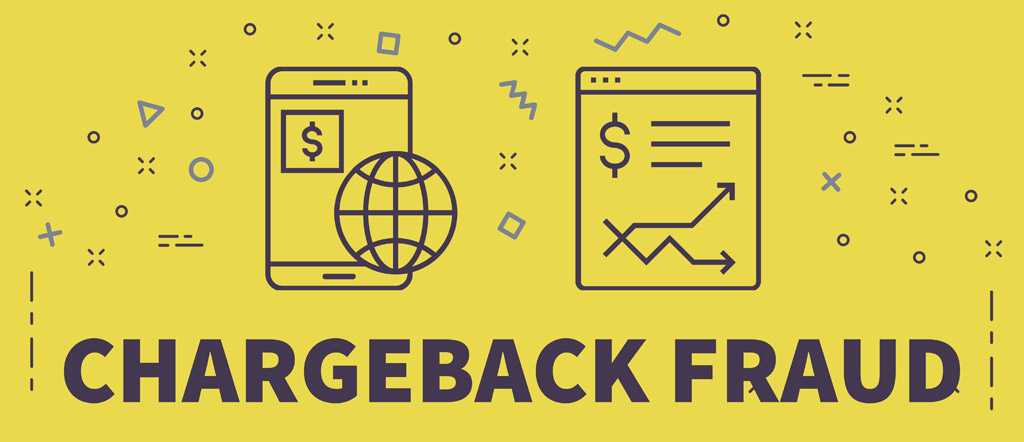How can fraud ever be considered friendly? Friendly fraud is a confusing term for merchants, as it’s a type of fraud that’s committed by a customer without malicious intent. Friendly fraud occurs when a customer attempts to refund a purchase, via a chargeback, from a legitimate transaction. It’s different from chargeback fraud, but the end result is the same for the merchant as the bank refunds the customer, and the merchant is out of the transaction amount and possibly the merchandise as well.
If you’re still a bit confused, don’t worry. Here’s a quick primer:
True Fraud:
This is the very top as it’s a form of identity theft. The fraudster here will use a stolen credit card to rip off the merchant. Once the actual cardholder finds out, he/she will then notify their credit card company which results in the credit card being deactivated and the cardholder being refunded.
Friendly Fraud:
While being a close sibling to chargeback fraud, customers who file for chargebacks here do so without malice, but for the merchant the end result is indistinguishable from the other types of fraud.
Chargeback Fraud:
This is where the legitimate cardholder purposely files a chargeback to their credit card company in the hopes of getting their money back while also keeping the product/service rendered. The point to remember here is that for the merchant this transaction passed fraud prevention protocols and would have been considered a successful transaction.
Types of friendly fraud
Friendly fraud may occur for a variety of reasons. The cardholder may have simply forgotten about the purchase or believes the merchant has misled the cardholder in some way.
Accidental friendly fraud occurs when the cardholder simply doesn’t recognize the transaction. It can occur when there is little information on the bank statement regarding the transaction. It may also occur when the credit card in question is shared with family members who didn’t disclose the transaction to the cardholder.
Intentional friendly fraud occurs when the cardholder recognizes the transaction, but still requests a chargeback. The transaction may have been a recurring payment that the cardholder wants refunded or a canceled eCommerce order that had already been processed and shipped.
The refund process itself isn’t instantaneous. When a merchant issues a refund, it may take a couple of days to a week or more for the refund to go through. In that time the cardholder may be under the impression that the refund wasn’t processed and then pursues a chargeback against the merchant. To avoid this, the merchant needs to provide regular updates and information to the cardholder regarding the refund process. Sometimes an email with an update is enough to keep the customer from overreacting.
There’s a good chance that this customer knows that a refund will eventually happen, but still chooses to pursue a chargeback as they don’t want to go through the potentially long refund process.
Should the customer be banned?
In most cases a customer who commits friendly fraud isn’t a threat to your business and the entire situation can usually be summed up as an honest mistake. There will be cases when the customer will need to be penalised for taking advantage of your business.
If you suspect the customer for not being honest, then you should take a look at that customer’s relationship with your business. Specifically the history of transactions that were conducted and the lifetime value associated with that customer.
If the end result is blacklisting the cardholder, then you want to be 100% certain that fraud has taken place. It’s always best to talk to the cardholder and get their side of the situation. Typically, cardholders who have knowingly committed fraud will not want to speak to you and will avoid contacting you altogether.
Cardholders who’ve attempted friendly fraud are usually transparent regarding the situation. If you look at the contact history between your business and the cardholder, you should find that the cardholder has attempted to contact customer service regarding the situation.
Preventing Friendly Fraud
Clear merchant billing description
Accidental friendly fraud occurs when the cardholder doesn’t recognize the name of the merchant and/or description of the product/service that’s listed on the credit card statement. Obviously this leads to the cardholder believing that they didn’t make the purchase. To prevent this from occurring, the merchant must simply ensure that the transaction description, that gets passed to the credit card, is easily associated with the merchant.
Keep records
Fighting back against intentional friendly fraud can be a bit more tricky as it requires keeping a well documented and easily comprehended database of transactions. For example, say you respond back to a chargeback claim from a customer who subscribed to your monthly service. To access this service the customer agrees to recurring monthly payments, but because of this there can be a discrepancy for when the customer thinks the service ends.
In this example, the customer claims they didn’t utilize the service in the final billing cycle. From your database of internal data, you should be able to see when the service was last accessed and for how long. Having the data on hand allows the merchant to present that information to the customer who would then likely acknowledge the mistake and withdraw the chargeback claim.
Communication
Keeping the customer up to date, via email or text, regarding the refund process can prevent a lot of confusion and attempts for friendly fraud. As the leader of your business you should align your organization so that customer service is aware of active refund cases. Doing so will ensure quick responses to questions and potentially prevent the chargeback process altogether.
False Positives & Cost
With the increase in friendly fraud and chargeback cases, merchants have transitioned to preemptive measures in fraud prevention. Third party tools alongside internal fraud prevention procedures have had an unintended consequence in registering legitimate sales as fraud. These ‘false positives” occur when the service incorrectly declines a transaction due to a suspicion of fraud. Obviously, this creates a negative experience for the customer who then may not attempt to make another transaction and will most likely go to another merchant.
Currently the best way to sidestep this entire chargeback fiasco is to broaden a business’s payment alternatives. Prior to the digital currency revolution, merchants believed that chargebacks were an unavoidable inconvenience for their bottom line. According to a report from Midigator, chargebacks cost eCommerce merchants on average ~4.4% in lost revenue in 2019. Combined with false positives, the cost of friendly fraud certainly takes a noticeable hit on a merchant’s bottom line.
If you have any questions regarding this post or any other comment you would like to share, then please feel free to send us a message.

